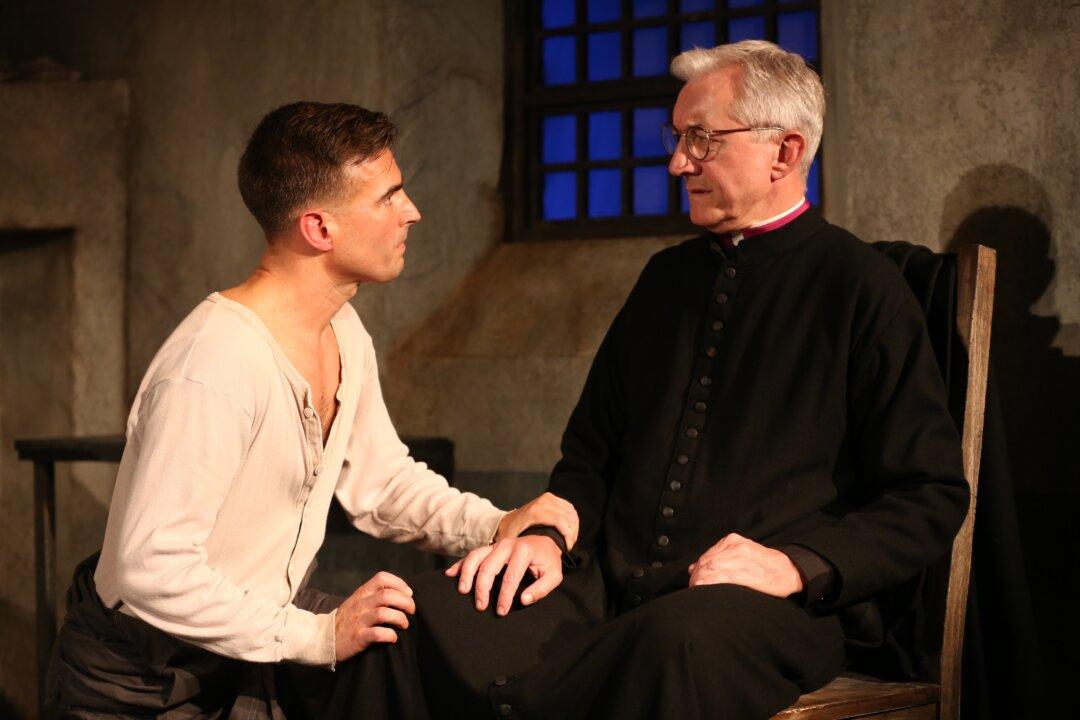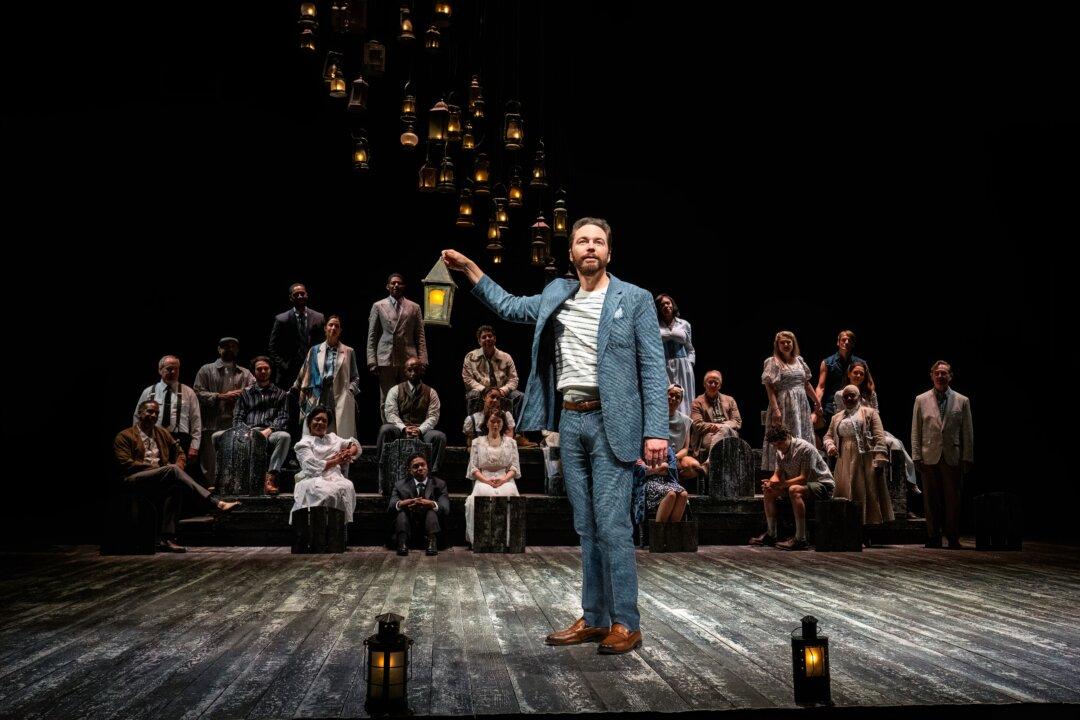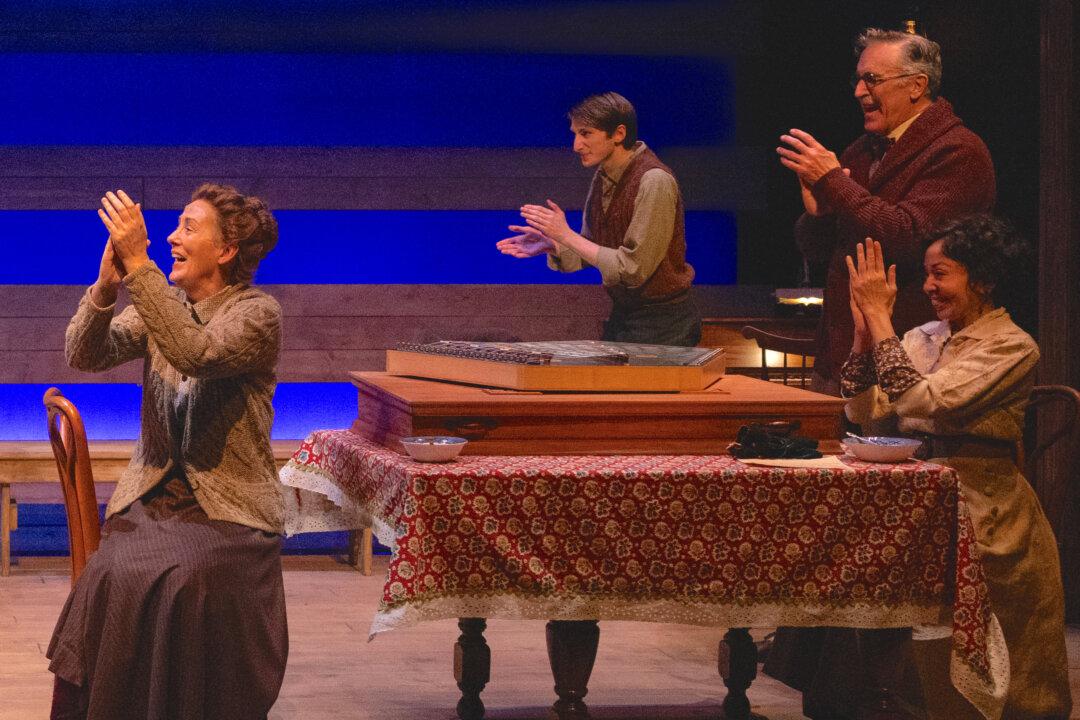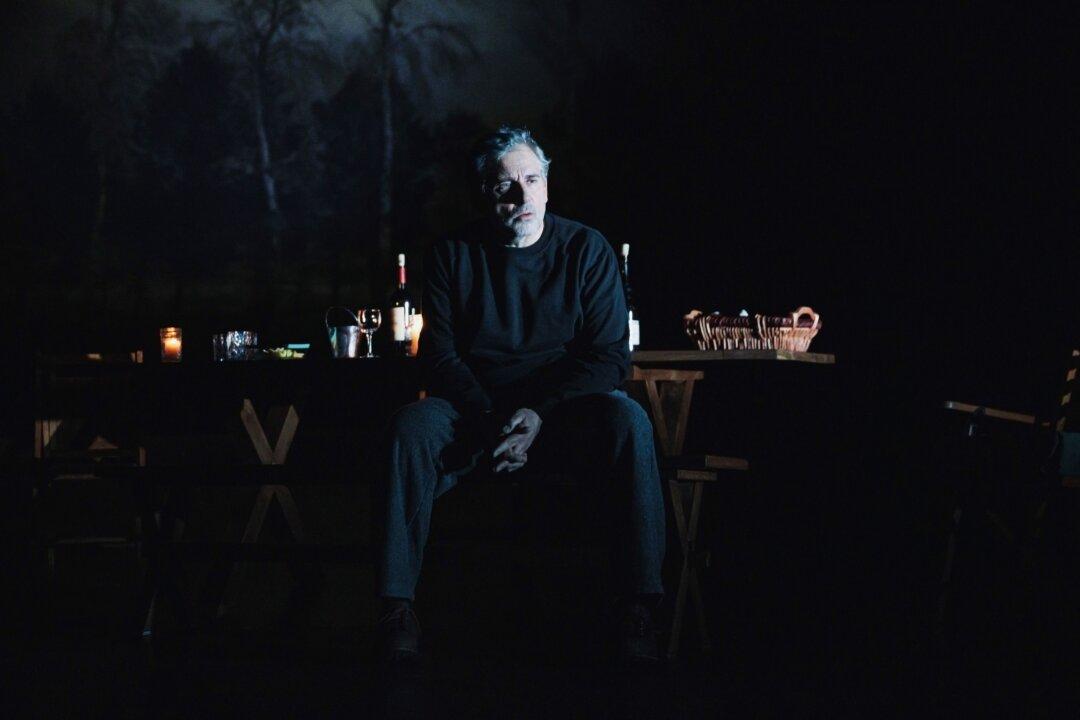NEW YORK—Playwright Robin Glendinning was inspired to write the provocative “Kingfishers Catch Fire” by a visit a few years ago to the Ardeatine Caves in Italy, where a terrible incident had taken place in World War II.
A Nazi lieutenant colonel, Herbert Kappler had been in charge of a massacre of 335 Italian men, in reprisal for the killing of some German soldiers, in Rome. He had received a life sentence for his participation in crimes against humanity.





